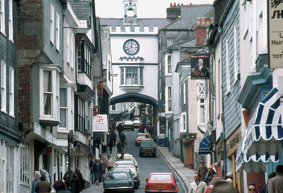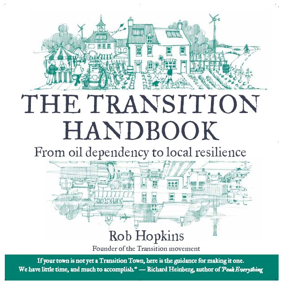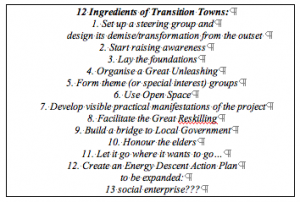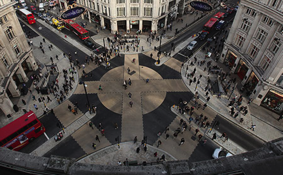Open Cities 18 Openness and Empowerment
Revisiting ‘Empowerment’
Empowerment, now there is a buzz word congenial with politicians. It implies giving power to the powerless, to the disenfranchised, to the silent majority. How can that be achieved and do these targeted groups want it? Do they want the type of power on offer? Often it turns out to be responsibility within a very narrow room of manoeuvre, with self-determination preconceived by those who are relinquishing what is often a semblance of power, and reluctantly at that.
Literature about empowerment abounds. A seminal work remains “Domination and Sharing”, reflections on development initiated by UNESCO and published in 1981. Arguably the unequal relationship inherent in the north-south transfer of knowledge exists within cities, where a powerful elite is custodian of knowledge and technology. A key concept of more ‘endogenous development and the transfer of knowledge’ is self-learning at the local level which is assumed to enhance ‘innovative cultures’, now associated with empowerment.
Where does openness come into this equation? And what models, if any, are there of more equitable access to communal assets embedded in cities?
Transition Towns
Transition towns (www.transitionculture.org) are an interesting initiative by the transition network. Ecobuild was a favourable forum for transition town activists, such as Rob Hopkins and Mark Brown to stake out their place in a more sustainable future which is based on social inclusion and active citizenship. The transition network originated in ‘green’ preoccupations in western England and spread to Scandinavia and as far as New Zealand. It is about communities building local resilience. The movement assists people to gain access to good information and make their own decisions of how to deploy resources sustainably in energy, buildings, transport and health.
The Transition Handbook (Rob Hopkins. 2008. Green Books) http://www.transitionbooks.net/ and other manuals put together by the transition town Kinsale in Ireland promotes inclusion and openness. Operationally, this means sharing and networking. Preoccupied by the end of oil, Totnes in Devon, West England (www.transitiontowns.org/Totnes) focuses on self-reliance of food and many other local supplies for a more sustainable lifestyle, including the preservation and adaptation of existing buildings to a low energy future. Its humanistic model moves from ‘pre-contemplation’ which means awareness raising to contemplation of the advantages of sustainable living which entails planning, action and recurrent efforts until the desired changes in behaviour are internalised. Their underlying belief is that these changes will lead to a more happiness. Greening the city is tantamount for them, including urban gardening, tree planting, growing food in the public realm. They experiment with local currency, locally generated renewable energy and low impact housing. The evaluation of High Wycombe north of London where similar steps have been promoted shows reluctance and inertia.
Transition Culture and Openness
Could there be a lesson for the open city movement? It is puzzling why those who erect walls do not encounter more resistance by those who are confined behind them. Could it be that not everybody craves openness, that some may be resigned to their existence, may fear retribution, may lack aspiration and be unwilling to take their destiny in their own hands?
It could be argued that if openness implies freedom of choice, these individuals or groups should have a rightful place in a diverse city as well. They may not fall within the ambit of conventional wisdom, of officially defined well being, social justice and environmental sustainability. If the desirability of diversity is to be taken seriously, this would encompass a whole range of marginal or alternative groups, including the unassailable growth aficionados, the eco-sceptics, the techno-fix believers, the fatalists and many more. Often they seem to harbour more energy and passion than the eco-believers and stand up for themselves with great visibility.
Transition from Above?
The open city movement should also contemplate whether there is a legitimate place for well intentioned top down action. Moreover, such action may also have positive fall outs for more openness. One example coming to mind is the redesign of Oxford Circus, one of the greatest concentrations of pedestrians in London to whom the elected council is allocating more public space at the expense of motive traffic. This will increase happiness of the 18,000 commuters who are entering and exiting Oxford Circus at peak hours and give more freedom of movement for all the people walking in this busy urban space. This discussion shows that the notion of Open Cities is fiendishly complex and that it may imply continuous reassessment and negotiation, a feature which may characterise the very essence of urbanity.






